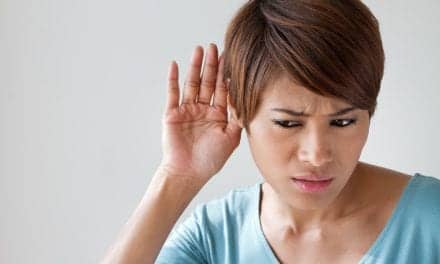GN Hearing and Cochlear, together with Google, have announced direct streaming from Android devices to hearing devices for the first time using Bluetooth Low Energy (BLE).
The new technology is based on a recent hearing aid specification, Audio Streaming for Hearing Aids (ASHA) on Bluetooth Low Energy Connection-Oriented Channels, which Google has developed in collaboration with GN Hearing and Cochlear. This new direct streaming technology from compatible Android devices allows people to use their hearing devices like a headset to enjoy music, take calls, and more, while using a protocol designed to maximize battery life.1-2 With BLE, people can use technology designed for streaming all day while preserving the battery life of their hearing devices, which can reportedly be a challenge for the traditional Classic Bluetooth streaming currently available.
“We’ve partnered up with some of the leading technology companies in the world to deliver innovation with the user at heart. Now people with hearing loss can enjoy effortless streaming all day long and easily connect with people,” said Jakob Gudbrand, CEO and President of GN Hearing.
Around 466 million people worldwide live with disabling hearing loss, and the number is increasing by millions every year, according to the World Health Organization (WHO).3 With the official release of Android 10, Google Pixel 3, Pixel 3 XL, Pixel 3a, and Pixel 3a XL will be the first Android phones to support direct streaming to ReSound LiNX Quattro and Beltone Amaze hearing aids.4 The new streaming technology will be available by way of an update to Android 10, plus a software update on the hearing devices. The streaming specification is open source, which allows other manufacturers of hearing aids and Android devices to offer direct audio streaming in the near future.
References
-
Cochlear Limited. D1140877. Battery Life and Power Consumption Comparison between CP1000, CP900 Series, and CP810 Sound Processors. March 2017.
-
Direct streaming is possible from Android devices running on Android operating system version 10 and using Bluetooth version 5.0 to ReSound LiNX Quattro and Beltone Amaze hearing aids and the Cochlear™ Nucleus® 7 Sound Processor.
-
World Health Organization (WHO): deafness and hearing loss. March 2019. https://www.who.int/news-room/fact-sheets/detail/deafness-and-hearing-loss. Last accessed August 8, 2019.
-
All devices are running on operating system: Android 10 Pie and Bluetooth version 5.0.
Source: GN Hearing, Cochlear, Google






